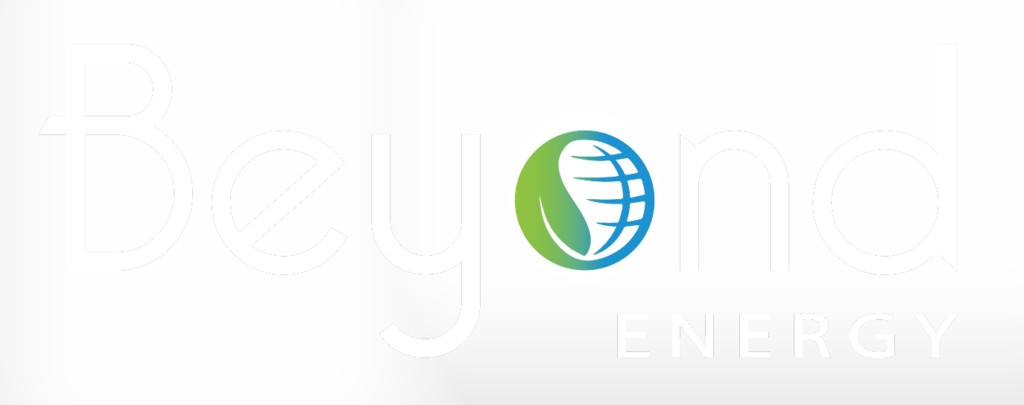Unveiling the Social Impact of Carbon Credits: Bridging the Gap Between High and Low Quality
Carbon credits have become one of the key weapons in the global war on climate change, enabling the gradual and sustainable reduction of greenhouse gas emissions. Due to the social nature of this problem, carbon credits also have an extraordinary social value, affecting communities, individuals and movements. High-quality and low-quality carbon credits, embodied by social dimensions, are viable candidates for study, which makes carbon credits more complex and multidimensional.
● Understanding Carbon Credits: A Pathway to Sustainability Let us first try to understand what exactly carbon credits are and how they even work. The term refers to a quantifiable reduction in greenhouse gases that is typically equal to one metric ton of
carbon dioxide equivalent. They are produced through projects aimed at reducing, avoiding, or removing emissions from the atmosphere – this can include new renewable energy installations, efforts to restore forest ecosystems, implementation of more energy-efficient practices, and so on. The entire idea behind carbon credits is to put a competitive market value on the reduction of greenhouse gases. Certain market-based mechanisms, such as cap-and-trade or voluntary focus programs, have been established to enable carbon credit trading. By doing so, they provide an economic incentive for companies or even individual citizens for that matter to minimise their carbon footprints.
● The Social Dimension: Empowering Communities and Enhancing Livelihoods The social benefits of high-quality carbon credits are rarely discussed, this type of carbon credits can improve the life quality and fortitude of communities, especially those affected by the adverse effects of climate change. The most notable examples of how these carbon credits improve social awareness and sustainability are:
- Economic Empowerment: carbon credit projects can boost economic development and open up new opportunities for local communities. They create employment opportunities and encourage entrepreneurship while also investing in renewable energy infrastructure, responsible agriculture, or forestry initiatives. A wind farm project in a rural area, for instance, reduces emissions while also supporting high-quality employment in construction, operations, and maintenance, thereby strengthening people’s livelihoods and driving economic development.
- Community Resilience: climate change is affecting the poor and other vulnerable groups unequally; carbon credit projects may help them make people more resilient to the long- term impacts of global warming. By diversifying livelihoods, protecting natural resources, and strengthening social networks, these projects empower communities to withstand environmental shocks and thrive in a changing climate.
- Social Inclusion: carbon credit projects have the potential to enhance social integration and equity by involving the marginalised through their participation and sharing the benefits. Carbon offset activities that incorporate the traditional knowledge of indigenous people, land rights and practices, and the role of women and smallholder farmers that are most affected by the climate can offer a vital chance to embrace the work and dignity and cushion against adverse impacts. By promoting collaboration with local players, carbon credit projects can promote social integration and allow communities to influence their growth in a sustainable way.
- Health and Well-being: climate change threatens the existence of ecosystems and livelihoods and the health and well-being of people. Hence, Carbon credit projects that reduce air pollution, increase clean energy generation and improve hygiene and sanitation have substantial health co-benefits. By reducing emissions of harmful pollutants like particulate matter and sulphur dioxide, these projects improve air quality, reduce respiratory illnesses, and enhance the overall quality of life for communities.
● Navigating the Quality Spectrum: High vs. Low Quality Carbon Credits While carbon credits offer promising opportunities for social and environmental impact, not all credits are created equal. The quality of carbon credits can vary significantly depending on factors such as project type, additionality, transparency, and co-benefits. Distinguishing between high-quality and low-quality carbon credits is essential to ensure that investments contribute effectively to climate mitigation and sustainable development. Here are some key differences between high and low-quality carbon credits:
- Additionality: high-quality carbon credits need to demonstrate additionality, which means that the emission reduction or removal will only be realised if the carbon markets provide financial incentives. To ensure that projects meet stringent additionality criteria,
they are required to be assessed and verified through such stringent processes to prove that the emission reduction is genuine and surpasses the business-as-usual scenarios. - Co-benefits: Another aspect to consider is that high-quality carbon credits shall deliver multiple co-benefits that are more than mere mitigations, such as social, environmental, and economic benefits to local communities and ecosystems. Co-benefits include but are not limited to biodiversity conservation, poverty alleviation, community empowerment, and sustainable development.
- Transparency and Integrity: high-quality carbon credits also need to adhere to strong standards, guidelines, and best practices that ensure the projects are developed, monitored, and reported in an independent and robust manner.
- Permanence and Leakage: high-quality carbon credits need to address risks, such as permanence and leakage, which can compromise the integrity of the emission reduction. The high quality also assured that the projects fulfil robust measures, such as safeguards, buffers, and monitoring mechanisms, to assure that the emission reduction can really reduce carbon over the long term. Likewise in the flooding of credits, low-quality credits have been similarly problematic. Ultimately, the standards and criteria for assessing the quality of carbon are the ultimate factors for low-quality and high-quality carbon worthiness.
● Towards a Sustainable Future
In conclusion, the social impact of carbon credits is extensive and includes emissions reduction, economic renovation, community build-up and empowerment, and social justice. Once we fully utilise carbon markets’ ability to drive a positive transformation touchpoint into social changes, we will create a better world to live in for us and future generations. However, a field’s power
development calls for a quality-focused approach, transparency, and integrity to guarantee effective climate and sustainable development investment. Through careful crossing of the quality continuum to commit to high-quality carbon credit, the potential for positive profit expels and we develop a resilient and just future.
ARTICLE WRITTEN BY TANYA CHAWLA

